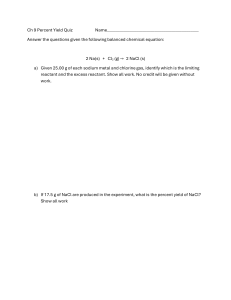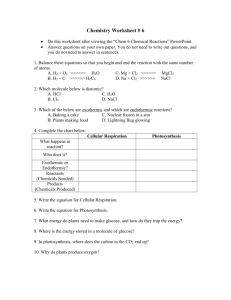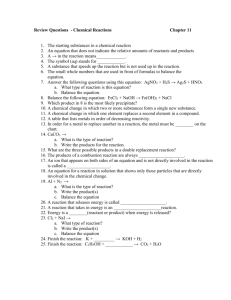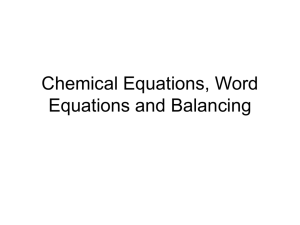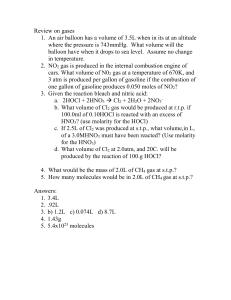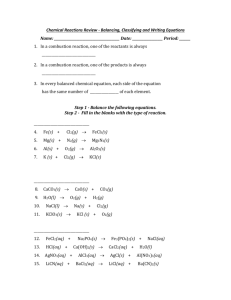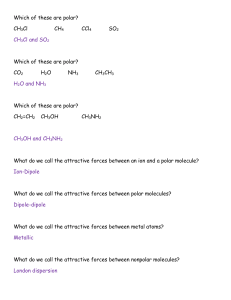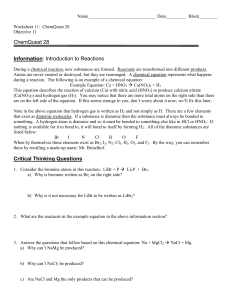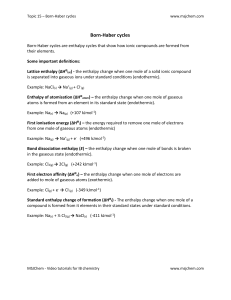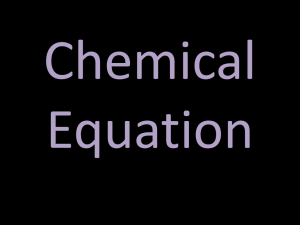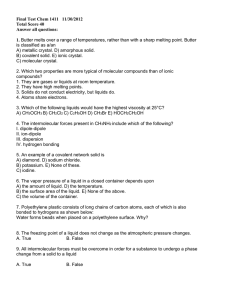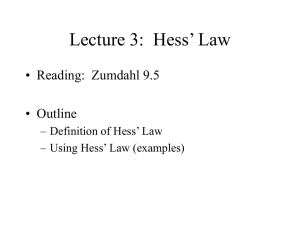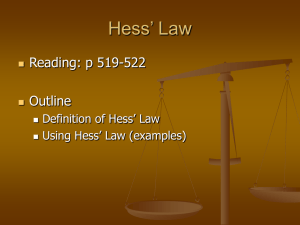Hess' Law
advertisement
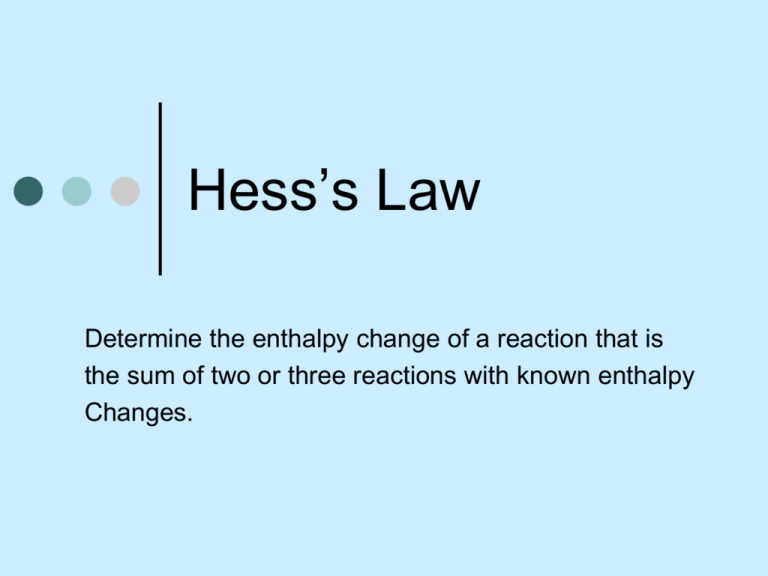
Hess’s Law Determine the enthalpy change of a reaction that is the sum of two or three reactions with known enthalpy Changes. Hess’s Law the heat evolved or absorbed in a chemical process is the same whether the process takes place in one or in several steps. Combustion of methane ∆H1 shows the magnitude of the single step reaction. ∆H2 and ∆H3 when combined are equivalent to ∆H1, demonstrating Hess’s Law. Most reactions occur in more than one step. We focus on the OVERALL reaction based on the balanced chemical equation, but there could be many steps involved to reach the final outcome. Rule #1 If you reverse an equation the ∆H must switch signs. Na (s) + ½ Cl2(g) NaCl (s) ∆H = -411 kJ NaCl (s) Na (s) + ½ Cl2(g) ∆H = 411 kJ Rule #2 If you need to multiply or divide any part of the equation, the whole equation must follow the same operation, including ∆H. Na (s) + ½ Cl2(g) NaCl (s) ∆H = -411 kJ 2 Na (s) + Cl2(g) 2 NaCl (s) ∆H = -822 kJ Practice A + B AB ∆H1 = 20 kJ AB + B AB2 ∆H2 = 50 kJ What is the ∆H for the overall reaction A + 2 B AB2 ∆H3 = ? ∆H3 = 70 kJ Practice: Practice:
